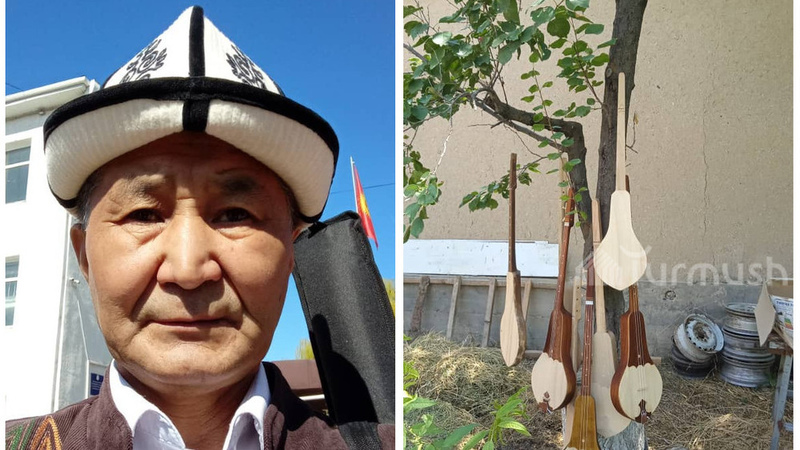
Life in Remote Kyrgyzstan: A Master of Musical InstrumentsLife in Remote Kyrgyzstan: A Master of Musical Instruments In the remote village of Bujum, nestled amidst the rugged mountains of the Batken region in Kyrgyzstan, resides a skilled artisan named Karim Dyikanov. For the past two decades, Dyikanov has dedicated himself to creating exquisite musical instruments that resonate with both tradition and craftsmanship. The Art of Komuz Making Dyikanov’s primary passion lies in crafting the komuz, a traditional Kyrgyz stringed instrument revered for its haunting melodies. Meticulously selecting the finest wood, he embarks on a time-consuming process that can span up to two years. Through a combination of patience and expertise, he transforms the wood into the intricate shape of the komuz, complete with intricate ornaments. To date, Dyikanov has created an estimated 500 komuz instruments, each one a testament to his skill and dedication. His reputation as a master craftsman has extended beyond the borders of Kyrgyzstan, with orders pouring in from Russia and even America. Kyl-Kiyak and the Exchange of Knowledge In addition to the komuz, Dyikanov also crafts kyl-kiyak, another traditional Kyrgyz instrument. His knowledge and techniques are not self-taught; rather, he has sought and embraced the guidance of fellow musicians and craftsmen. Through countless hours of collaboration and exchange of knowledge, he has honed his skills to perfection. The Meaning of Komuz For Dyikanov, komuz-making is more than just a profession; it is a way of life. He derives immense joy and fulfillment from seeing his creations bring happiness and inspiration to others. “Making komuz takes a lot of time,” he says, “but it is worth every moment.” The cost of a komuz varies depending on its size and craftsmanship, ranging from 9,000 to 15,000 Kyrgyz soms. Despite the meticulous nature of his work, Dyikanov remains humble and acknowledges the importance of affordability. “Everyone should have the opportunity to own and play a komuz,” he believes. A Legacy of Music Karim Dyikanov is not only a master craftsman but also a talented komuz player himself. He often delights listeners with his enchanting melodies, showcasing the full potential of the instruments he creates. His love for music is evident in every note he plays, and his legacy as both an artist and a teacher will undoubtedly continue to inspire future generations of musicians. In the humble village of Bujum, Karim Dyikanov stands as a beacon of cultural preservation and artistic excellence. Through his unwavering dedication to komuz-making, he has not only created exceptional musical instruments but also fostered a spirit of community and interconnectedness. His passion for his craft is a testament to the enduring power of tradition and the beauty that can be found in the most remote of places.
Life in rural Kyrgyzstan: Batken man made about 500 komuz musical instruments in 20 years

AKIPRESS.COM – Karim Dyikanov, 59, from the village of Bujum in the Batken region, has been making musical instruments for 20 years: komuz and kyl-kiyak.
Dyikanov indicated that he has made about 500 komuz instruments so far.
“I also make kyl-kiyak. I learned this craft on my own, I am self-taught. To this day I exchange experiences with other masters. Orders come from different parts of the country, as well as from Russia and America,” he said.
Karim Dyikanov added that the cost of komuz instruments ranges from 9,000 to 15,000 soms.
“Making komuz takes a lot of time. For example, preparing the wood properly takes 2 years. Once the material is ready, the actual carving takes 10 to 15 days. Ornaments can also be added. The size of the komuz varies depending on who it is made for: a large person or a small person,” he shared.
Karim Dyikanov also plays the komuz himself.


